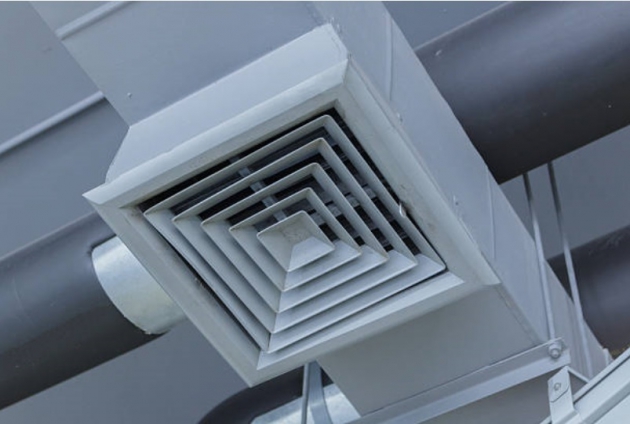When considering heating and cooling, many homeowners think that efficiency is only related to the HVAC unit rating. Although purchasing a unit with a higher HSPF, AFUE or SEER rating is vital to your energy consumption; you need to look beyond the unit to the whole system.
The Important Role of Your Ducts
Your ductwork plays a vital role in your home comfort. It is needed to deliver the conditioned air from your HVAC equipment to all your indoor areas. Unfortunately, if your ductwork is in poor condition, you won’t benefit from the efficiency level of your cooling or heating equipment. Excellent ductwork can help you maintain not only your comfort level, but also your energy efficiency. So, if your energy bills have started to become higher than expected, you may need to look at your ducts.
The Deficiencies in Your Ductwork That Can Cause HVAC Inefficiency
According to ENERGY STAR data, inefficient ductwork can cause up to a 30 percent energy loss in an average home. There are a number of deficiencies that can reduce your efficiency including:
● Poor Design: If your ductwork has been poorly designed, it can prohibit the conditioned air from being effectively distributed throughout your home. This can not only impact your comfort level, but it also forces your system to run longer cycles and overwork to compensate. This overworking will also cause the unit to experience greater wear and tear and use more energy. Whether it is improperly sized or incorrectly configured, a poor ductwork design can waste energy and limit your indoor comfort.
● Leaks: Leaking ducts can allow your conditioned air to escape into other areas of your home. This means that your living areas don’t receive all the air intended, as it leaks through cracks and broken connections. Leaks in your ductwork can also be a significant contributor to poor indoor air quality as contaminants are introduced into the system and circulated around your home.
● Uninsulated Ductwork; Ducts are typically installed inside walls, in ceilings or between floors and the temperatures in these areas can affect duct temperatures. Ducts are typically made using sheet metal, so the temperature in an unconditioned space can affect the temperature of the air passing through each duct. This thermal loss is a significant cause of energy loss and can place additional strain on your system.
Improving Your Ductwork
If you’re installing new HVAC equipment, you won’t enjoy the highest energy efficiency levels if you have faulty ductwork. Therefore, when you’re installing a new HVAC unit, it is vital to have your HVAC contractor perform an inspection to evaluate your existing ductwork. This will provide an opportunity to identify and correct any deficiencies. This could involve duct sealing, insulation or even renovation to ensure that you benefit from the maximum energy efficiency offered by your new equipment.
If you’re considering new HVAC equipment and have concerns about your ductwork, be sure to speak to an experienced HVAC specialist. A professional contractor can assess your ductwork and ensure that it is up to the task of delivering maximum energy efficiency and comfort.

